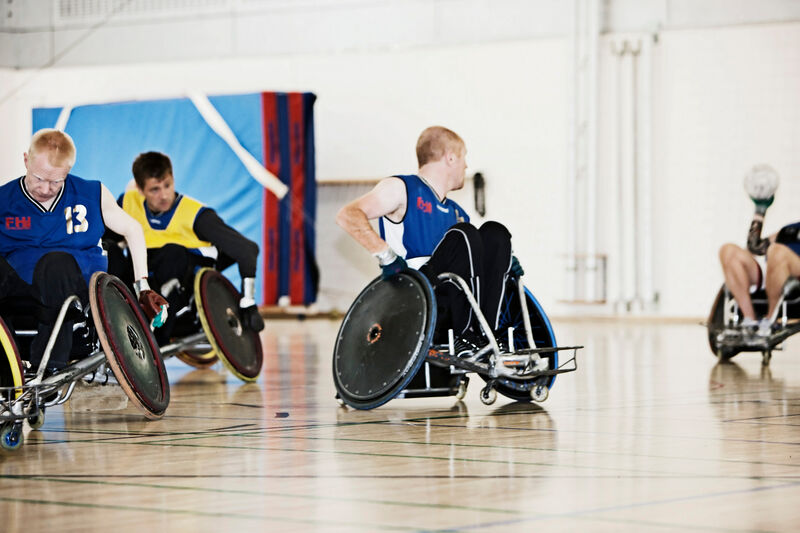
Last month, I was fortunate enough to be able to participate in the 2019 Parapan American Games, hosted in Lima,Peru. For those who may not be aware of what the Pan American Games are, it is like a mini Olympic Games for North and South American countries only. The Parapan American Games are the North and South American equivalent to the Paralympic Games. Both the abled-bodied events and para events are held in the same locations, just a few weeks apart, just like during the Olympic and Paralympic Games. I find it worth explaining at this moment that “Para” in the term “Paralympics” is meant to mean “parallel,” so to ultimately mean “parallel the Olympics.” It does not reference the term “paralyzed” at all. Yes, many sports within Paralympics have classifications of athletes with varying degrees of paralysis, including myself, but it is open to a vast variety of physical disabilities.
To some individual sports, the Parapan American Games are very important, with Tokyo qualification on this line this year. That is not the case with my sport, Para Cycling. The Parapan American Games were a great experience, and a very good way to understand how day to day logistics work in a Games setting. Our team did very well, wining the overall medal count in Cycling. I was very fortunate to contribute to the medal count and also setting a new Games record in the 1-kilometer Time Trial during the Track events. Again, for those who are not as familiar, cycling is sub-divided into several different disciplines. Road Cycling and Mountain Biking are probably the most popular, but there are also other events like BMX and Track Cycling. Road and Track Cycling are the only cycling races in Paralympics. I had to compete in the Road Cycling events, even as a short-distance specialist, and I was blown away by what people with disability can do on a bike. The winner of the Men’s mixed C1-5 30-kilometer Individual Time Trial was from the home nation, a C2 (above the knee amputee) who beat me on raw time. That was just an amazing ride on a long course with a little bit of everything. I understand that he was awarded 80,000 Sol (nearly $24,000) and an apartment in Lima for his victory by his country!
In my mind, the experience that stood out the most was that of the dining hall at the Paralympic village. Imagine an indoor football field filled with tables and a hub in the end zone with 5 buffet-style food stations. It was the one place where every athlete had to go every day, and perfect place to pass the time by people watching. People of all statures with every physical disability under the sun traveled through those entrance way doors. A total of 1865 athletes with disabilities took part in the 2019 Games. Seeing that many people with disabilities filtering through one set of doors at least twice a day was an eye-opening experience. I have lived with a relatively unnoticeable disability for my entire life and I had not known many people with disabilities until I started Para Cycling. Seeing that amount of people representing every walk of life really hit home the notion that disability can easily become a part of anyone’s life at any moment. All it takes is a driver not paying attention, dropping a heavy object on your foot leading to complications, or just pure chance of encountering birth difficulties and having a new born child with Cerebral Palsy. Being born Deaf or Blind can be hereditary, but it can also happen out of nowhere. In Lima, I was able to witness people thriving in sport with some medical conditions I couldn’t even begin to understand or accurately describe. The most interesting aspect of all of this is that disability is the understood, but not the primary initiative of every person in attendance, which is sport. Fundamentally, we all aspire to participate in sport, putting disability to the side. We just want to push ourselves to our limits, compete against others on a level playing field, and have an opportunity to pursue this aspect of life just like anyone else.